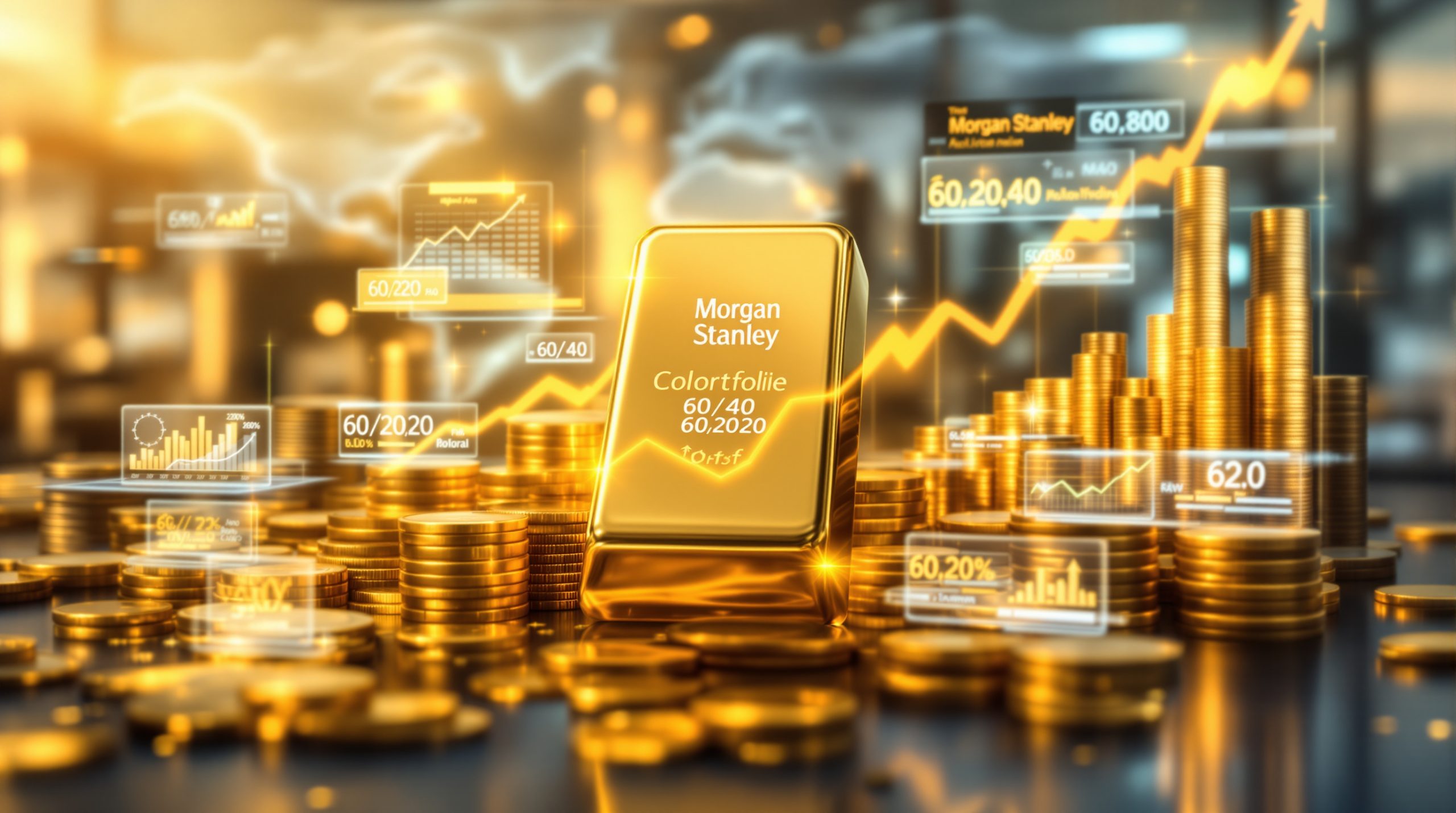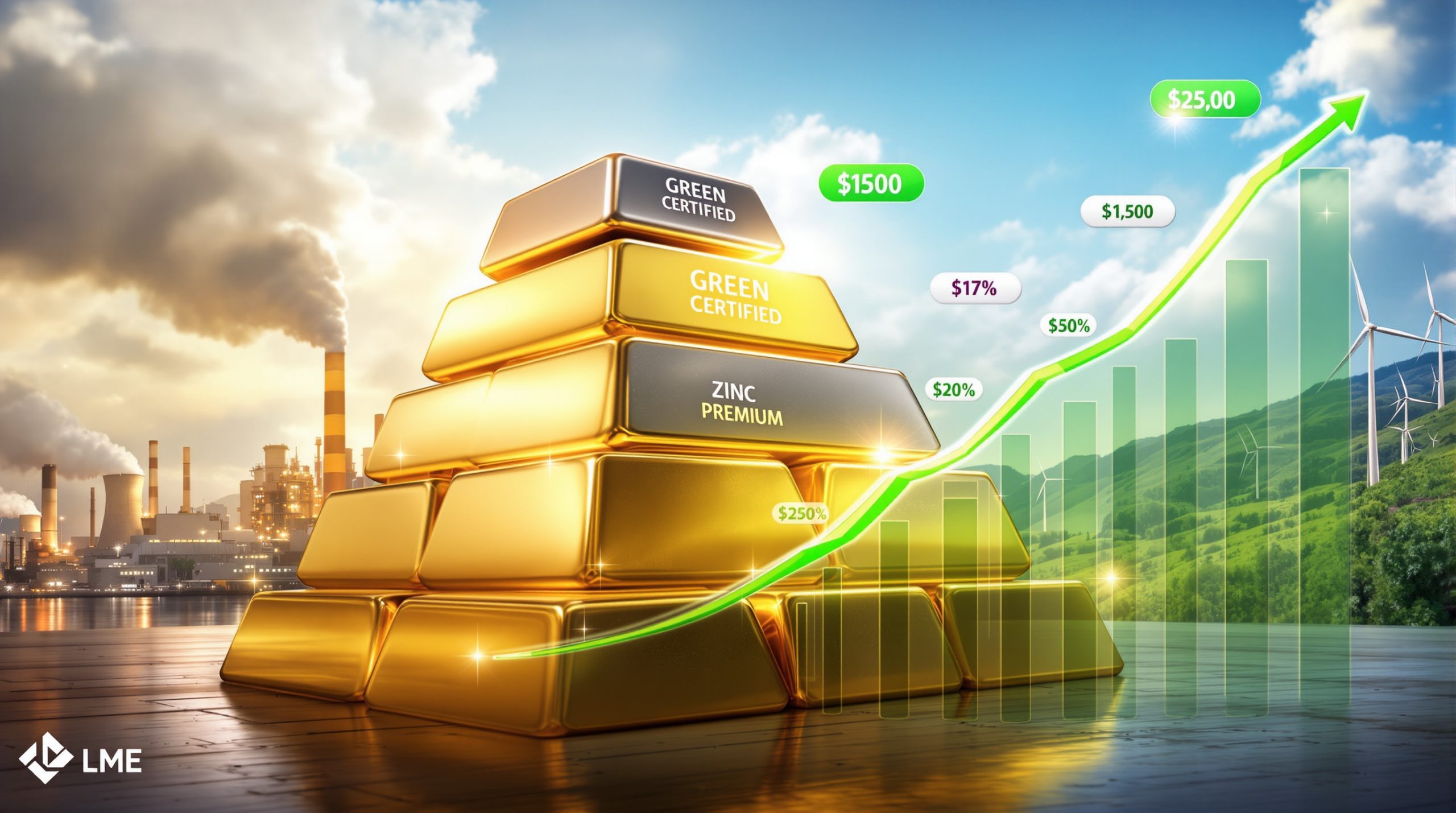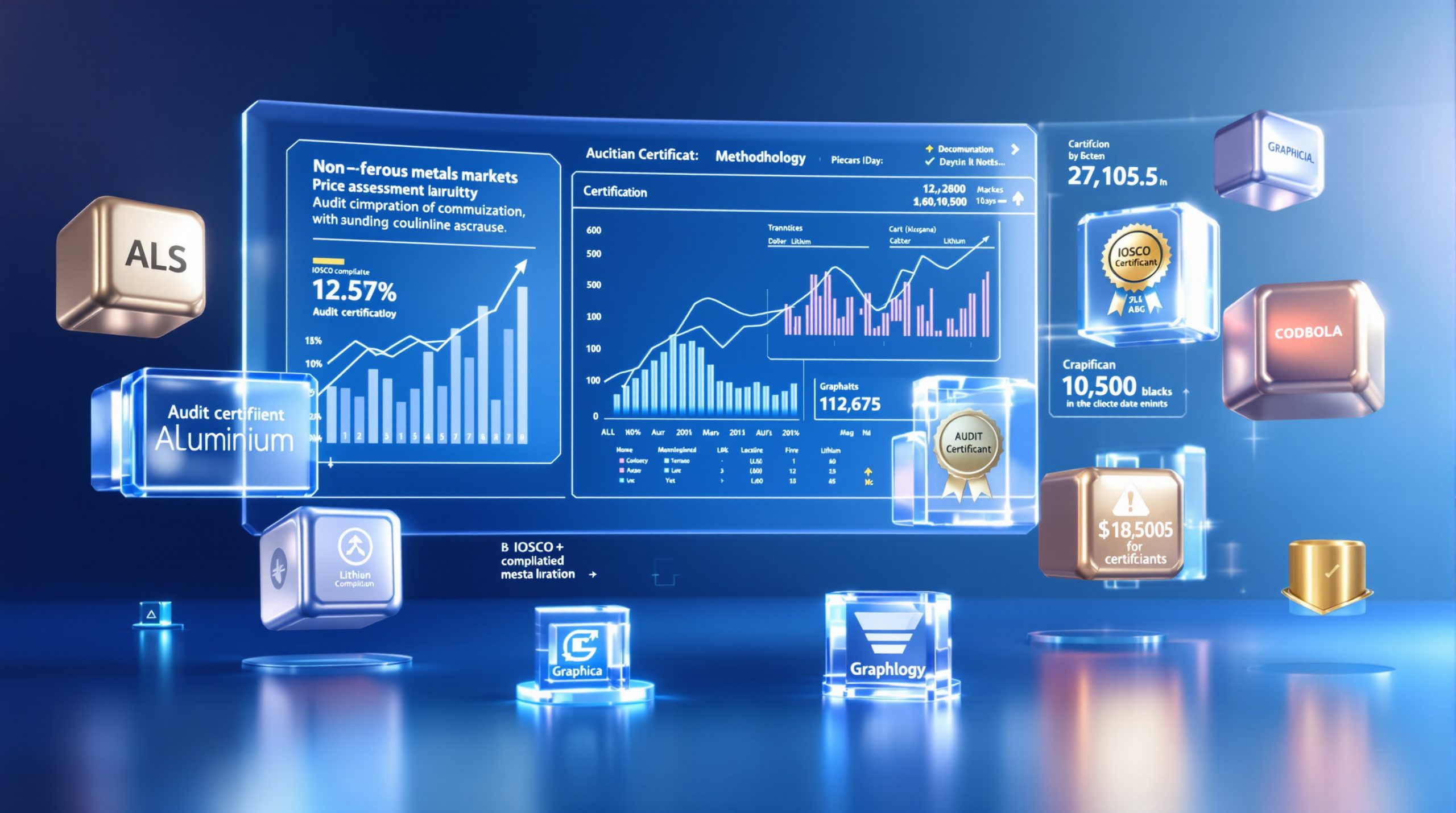Understanding the Geopolitical Impact on Gold Prices
The ongoing conflicts in the Middle East have long been considered significant drivers of gold prices, with many investors viewing the precious metal as a safe haven during times of geopolitical uncertainty. However, recent market behavior suggests a more nuanced relationship between regional tensions and gold valuations than conventional wisdom might suggest.
The Surprising Market Calm During Conflict
Despite escalating tensions between Israel, Iran, and other regional players throughout 2023-2024, gold markets have demonstrated remarkable stability. When Iran launched its drone attack on Israel in April 2024, gold prices rose only 1.5% intraday before reversing within 48 hours, according to Bloomberg data.
This muted response reflects several key factors at play:
- Gold has already priced in a significant geopolitical risk premium
- Institutional investors remain focused on broader economic indicators like inflation and interest rates
- Market participants may be increasingly desensitized to recurring regional conflicts
- Trading algorithms are becoming more sophisticated at filtering geopolitical noise from fundamental price drivers
As Mario Inko noted during a VRIC Media panel discussion: "Markets were very calm considering all that was happening… oil stabilized around $76 per barrel despite the tensions, which surprised many analysts expecting dramatic spikes."
Gold as a Distraction Narrative
One perspective gaining traction among market analysts is that Middle East conflicts may serve as convenient explanations for broader economic trends. When economic slowdowns occur, policymakers and financial commentators can point to regional instability rather than addressing fundamental economic weaknesses or policy failures.
As Mario Inko observed: "Powers that be will use [conflict] as an excuse if the economy slows down" (VRIC Media, 2025). This distraction narrative becomes particularly compelling when examining how quickly markets return to focusing on central bank policies even amidst headlines of escalating tensions.
The World Gold Council's 2023 report on "Geopolitics and Gold" confirms this pattern, noting that geopolitical risk premiums are often pre-priced into gold, which explains why immediate volatility during predictable conflicts tends to be lower than expected.
The Dollar's Decline and Gold's Resilience
The relationship between gold and the US dollar typically follows an inverse pattern – when the dollar weakens, gold strengthens. The current market environment provides a fascinating case study of this dynamic.
Current Dollar Weakness
The US dollar has shown significant weakness in 2023-2024, with the Dollar Index (DXY) experiencing a substantial decline:
- Approximately 10% year-to-date decline in the DXY
- Testing critical technical support levels around 97.50
- Breaking below key upward channel support established since 2008
- Trading as low as 96.99 before settling at 97.20
This technical breakdown suggests the potential for further dollar weakness, particularly as the Federal Reserve prepares to begin its easing cycle.
The Paradox of Dollar Weakness
What makes the current dollar weakness particularly noteworthy is its timing relative to other central bank actions:
- The European Central Bank cut rates in June 2024 (first cut since 2019) and again in July 2024
- The Swiss National Bank implemented significant monetary easing in March and June 2024
- Other major central banks have moved toward accommodative policies
- Despite these factors that should strengthen the dollar comparatively, it continues to weaken
This paradoxical behavior suggests deeper structural issues affecting dollar strength beyond just interest rate differentials.
Taylor Kenny of ITM Trading points out: "The dollar might still be number one right now but number one as far as what? It doesn't mean much when its purchasing power continues to erode despite favorable rate differentials."
Implications for Future Fed Rate Cuts
The dollar's current weakness despite favorable relative monetary policy suggests a potentially dramatic scenario when the Federal Reserve begins its own cutting cycle. Market analysts anticipate that Fed rate cuts could accelerate dollar weakness beyond current levels, creating a positive environment for gold price forecast.
Historical data shows that gold typically performs strongly during periods of dollar weakness, especially when combined with negative real interest rates (nominal rates minus inflation).
Are We Experiencing a Monetary Reset?
Rather than viewing a monetary reset as a future event, many analysts believe it's already underway – a gradual but accelerating process that's reshaping the global financial landscape.
Signs of an Ongoing Reset Process
Several indicators suggest a monetary reset involving gold is already in progress:
- Central banks aggressively accumulating gold reserves at unprecedented rates
- Declining confidence in fiat currency systems, particularly the US dollar
- Shifts in international reserve asset allocations away from traditional currencies
- Growing distrust in traditional financial institutions following multiple crisis events
Taylor Kenny emphatically states: "I don't think that a reset is coming, right? I think we are in a reset right now. It's no longer hypothetical… It is happening and it is accelerating."
Key Catalysts Accelerating the Reset
Several events have served as significant accelerants in this ongoing process:
-
The freezing of Russian foreign exchange reserves in 2022 – When approximately $300 billion of Russia's reserves were frozen (Reuters, Feb 28, 2022), it fundamentally altered how nations view the security of their reserves.
-
Potential leadership changes at the Federal Reserve – Market speculation about future Fed nominations has increased uncertainty about long-term monetary policy direction.
-
BRICS summit announcements – The July 2025 Rio summit may include significant monetary architecture proposals involving gold.
-
US Treasury yield movements – Rising yields threaten the sustainability of US debt financing, with interest payments consuming an ever-larger portion of the federal budget.
Mario Inko identifies the Russian reserves freeze as particularly significant: "I think it's already happened really… the major one was when they froze Russia's reserves back in 2022." This action signaled to central banks worldwide that their dollar reserves might not be as secure as previously assumed.
Historical Context for Monetary Resets
Previous monetary resets provide important historical context:
- 1934 Reset: FDR revalued gold from $20.67 to $35, with the Dow-Gold ratio at approximately 2:1
- 1980 Market Reset: Gold traded above $850 with the Dow also at 850, creating a 1:1 Dow-Gold ratio
- Current Situation: Dow-Gold ratio around 13:1 (down from 11:1 in April 2025), still far from historical reset levels
These historical benchmarks suggest significant potential upside for gold if current trends continue toward a new monetary equilibrium.
Central Bank Gold Buying Reaches Historic Levels
Perhaps the most compelling evidence for an ongoing monetary reset comes from central bank behavior, which has shifted dramatically in recent years.
Unprecedented Acquisition Rates
Central bank gold purchases have reached extraordinary levels:
- Exceeding 1,000 tons annually for the past three consecutive years (2022-2024)
- Previous decade average was 400-500 tons annually
- 95% of central banks surveyed by the World Gold Council expect global gold reserves to increase further
- Continued buying despite gold trading at all-time high gold analysis prices
This persistent accumulation pattern represents a fundamental shift in central bank strategy rather than a temporary tactical move.
Strategic Positioning vs. Tactical Hedging
The aggressive central bank buying pattern represents more than typical portfolio diversification:
- Central banks are positioning for structural changes in the monetary system
- According to OMFIF surveys, only 10% of central banks plan to increase dollar reserves, compared to 95% planning gold increases
- Trust in fiat currency systems appears fundamentally broken
- Gold acquisitions represent preparation for a new monetary framework
Taylor Kenny observes: "If central banks are buying gold like it's cheap, it's because it is… positioning for what's coming next."
Repatriation Movements
Beyond new purchases, there's growing momentum for nations to repatriate existing gold holdings:
- Italy and Germany face domestic pressure to repatriate approximately $250 billion in gold held at the New York Federal Reserve
- This represents declining confidence in US financial system stability
- Independent central banking think tanks report significant shifts away from dollar assets
The OMFIF (Official Monetary and Financial Institutions Forum) reports that the US dollar, once the top pick for reserve managers, has fallen to seventh place in preference surveys – a stunning reversal that underscores the ongoing shifts in monetary confidence.
When Should Investors Consider Selling Gold?
For many gold investors, particularly those viewing precious metals as generational wealth preservation rather than short-term trades, the question of when to sell can be philosophically challenging.
Gold as Generational Wealth
For many investors, gold represents more than a tactical investment:
- Insurance against government fiscal mismanagement
- Protection against counterparty risk in a highly leveraged financial system
- Preservation of purchasing power across generations
- A tangible asset outside the digital financial system
Mario Inko framed this perspective succinctly: "Why would you want to exchange it for dying currencies?"
Potential Selling Scenarios
While many gold investors maintain a "never sell" philosophy, several scenarios might justify liquidating gold positions:
-
Asset class rotation opportunities – When gold becomes significantly overvalued relative to productive assets like businesses or farmland
-
Purchasing hard assets – Converting gold to real estate, productive land, or businesses during optimal pricing windows
-
Historical purchasing power milestones – When gold's purchasing power reaches extreme levels against real-world goods and services
One compelling metric mentioned by Mario Inko comes from Incrementum analysis: "The Porsche 911 cost 235 ounces of gold in 2000, but now costs just 40 ounces." This dramatic improvement in gold's purchasing power might indicate opportune times to convert some holdings to tangible assets.
The Paradox of Gold's Peak Value
A significant consideration for gold investors is that gold's highest nominal prices would likely coincide with periods of extreme economic distress:
- Hyperinflationary environments
- Banking system failures
- Geopolitical crises
- Social instability
This creates a paradox where gold's maximum purchasing power occurs when the broader environment may be least conducive to wealth enjoyment. As Taylor Kenny notes: "I hope we never get to that point… because it will be a scarier world."
A historical example mentioned during the VRIC Media panel illustrated this paradox: During the Weimar Republic's hyperinflation, a single $20 gold piece (containing 0.97 ounces of gold) was sufficient to purchase an entire hotel business – tremendous purchasing power during a devastating economic collapse.
Silver's Breakout and Future Potential
While gold receives the majority of attention in precious metals markets, silver has demonstrated impressive technical strength in recent months, suggesting potential for significant further gains.
Technical Analysis of Recent Price Action
Silver has demonstrated impressive technical strength:
- Maintained prices above $35/oz for over 20 consecutive days
- Consistently trading above $36/oz during most of this period
- Reaching as high as $37.30 in spot markets
- Establishing $35 as a potential new price floor
These price levels represent important resistance-turned-support levels that could serve as launching points for further advances.
Silver's Dual Monetary and Industrial Role
Unlike gold, silver maintains a split personality in the marketplace:
- Functions as a monetary metal with historical currency applications
- Serves as an industrial metal with growing technological demand in solar panels, electronics, and medical applications
- Offers potential as a bartering instrument during economic distress
- Provides more accessibility to retail investors due to lower price points
This dual role creates unique supply-demand dynamics that can lead to price volatility but also provides multiple sources of demand support.
The "Gateway Metal" Effect
Silver often serves as an entry point for precious metals investors:
- Lower price point makes accumulation more psychologically accessible
- Encourages saving habits that may eventually lead to gold purchases
- Potentially attracts new investors priced out of gold markets
- Could see increased retail interest as gold prices continue rising
Mario Inko describes this phenomenon: "Silver comes late to the party but then at the end it leads." This pattern has been observed in previous bull markets, where silver outperforms gold in percentage terms during the final explosive phase.
Historical Performance Patterns
Silver's price action follows distinct patterns during precious metals bull markets:
- Typically lags gold in the early and middle stages
- Often experiences explosive moves in the final stages
- Demonstrates higher volatility than gold
- Has historically outperformed gold in percentage terms during bull market peaks
For example, during the 2008-2011 bull market, gold roughly tripled while silver increased nearly sevenfold from its lows to peak.
Future Outlook for Precious Metals
Looking ahead, several key factors will likely influence precious metals prices in the coming years, with implications for both retail and institutional investors.
Competing Investment Narratives
While precious metals have strong fundamentals, they face competition for investor attention:
- Cryptocurrencies attract speculative capital that might otherwise flow to silver
- Traditional financial institutions increasingly embrace digital assets
- Mainstream media provides minimal coverage of precious metals markets
- Educational barriers limit public understanding of monetary metals
Taylor Kenny notes that many younger investors are more familiar with Bitcoin than with precious metals, creating both challenges and opportunities for the sector.
Potential Catalysts for Higher Prices
Several factors could accelerate precious metals price appreciation:
-
Further dollar weakness – Particularly following Fed rate cuts, which would likely weaken the dollar against both other currencies and hard assets
-
Escalating geopolitical tensions – Especially involving major energy producers, which could drive inflation and silver price strategies
-
Banking system instability – The 2023 regional banking crisis (Silicon Valley Bank, Signature Bank) highlighted counterparty risks in financial assets
-
Continued central bank accumulation – Creating supply constraints in physical markets and signaling official sector confidence
-
Increasing public awareness – As mainstream media coverage of gold increases, potentially drawing retail investors into the market
The Inevitable Monetary Transition
The current monetary system based on fiat currencies and expanding debt appears increasingly unstable:
- Trust in traditional financial institutions continues eroding
- Nations actively position themselves for monetary system changes
- Physical precious metals provide insurance against systemic disruptions
- The transition may be gradual or sudden depending on triggering events
As Taylor Kenny summarized: "We're just getting a little taste. I think there's a lot more to come." This perspective suggests continued strong performance for precious metals as the monetary reset process unfolds.
Disclaimer: This article contains market analysis and investment perspectives that are speculative in nature. The information presented should not be considered investment advice. Past performance is not indicative of future results. Precious metals markets can be volatile, and investments may result in losses. Readers should conduct their own research and consult with financial advisors before making investment decisions.
Further Exploration
Readers interested in learning more about the relationship between Middle East conflicts and precious metals markets can explore related educational content, such as VRIC Media's YouTube panel discussions featuring economic analysts examining global financial trends and their impact on resource markets. These discussions provide additional context and expert perspectives on the evolving relationship between geopolitical events and gold-silver ratio insights.
Want to Profit From the Next Major Mineral Discovery?
Discover why historic ASX mineral discoveries can generate substantial returns by exploring Discovery Alert's dedicated discoveries page, where the proprietary Discovery IQ model turns complex geological data into actionable investment insights that give you a critical market advantage.




